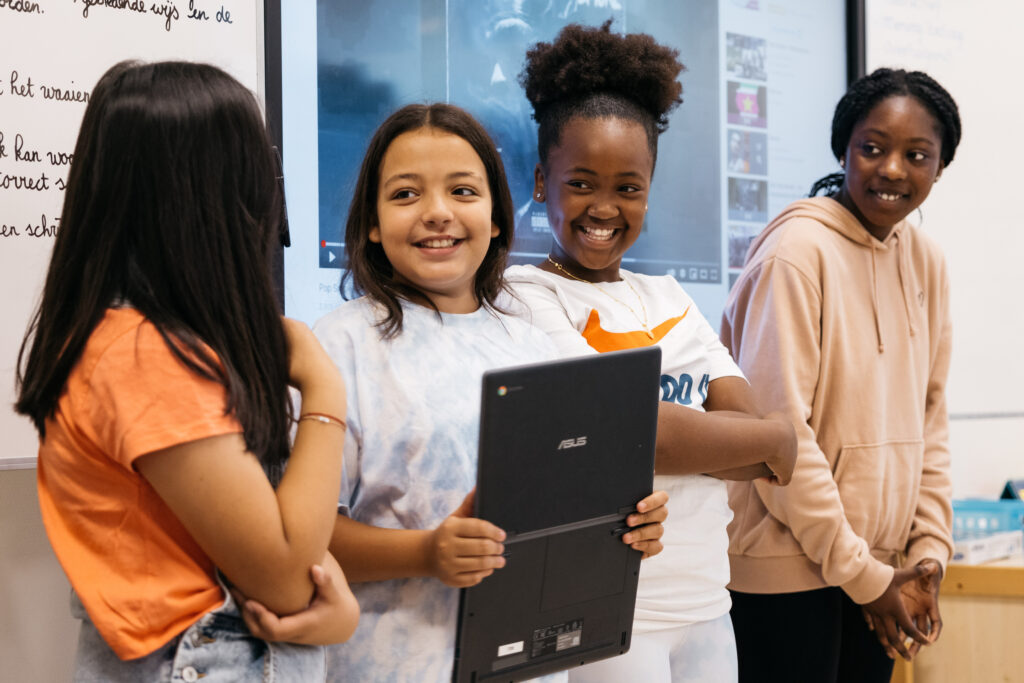3. Impact Making
3. Impact Making
In this phase, solutions come to life and your students start to make a difference in their environment.
Overview
They need to communicate in an accessible and persuasive way, in order to mobilize resources and mobilize others. In developing their projects, they need to organize their work, plan, and change their plans due to feedback. Surely your learners will encounter problems when implementing solutions. In handling this, they develop their ability to cope with uncertainty, ambiguity and risk.
In this phase, we often need to go back to the previous phase and iterate. Learners make changes to what they made or did, and again test. Finally, they can measure the value the solution has generated. With a vision of impact evaluation, you and your students can reflect and return to the previous phases to polish and improve solutions at any time.
You can give your students the opportunity to share their projects and activities with another class, school, or community. Possibly you can even take their connections globally, as we have done in the development of this toolkit.

Students will learn:
- Design an implementation plan: how do we organize our solution in practice?
- Mobilize resources: what resources do we need for our solution and how do we access these?
- Mobilize others: who do we need to make the solution happen and how do we get them into action?
- Implement the solution: how do we put our solution into action to make change happen?
- Measure impact: how do we measure what changes our solution has brought?
- Present results: how do we communicate our solution and/or the impact we made?
- Reflect on results: what worked well in our solution and what could be improved?
Reflect on personal development: what did we learn in the context of impact-driven entrepreneurship, and what do we still need to learn more about?Think outside the box: how can we use our creativity to find solutions for the challenge that were not thought of before?
Learning objectives of Phase 3
- Communicate the idea and get support.
- Explore existing networks that contribute to solving the challenge.
- Plan actions and use of resources to put ideas into action.
- Evaluate what you have learned.
Connection to Didactics Principles
The goal is to launch your project with impact, give it content and team activity, and evaluate both the impact of the project and the way in which the end-user or the environment benefits from the idea. To reach a viable solution you also have to get confused, rethink and try again, until the implementation is a reality.
Activities in this stage
3.7 Mobilising others
Branding
3.7 Mobilising others
Elevator Pitch
3.8 Organization
Project Wrap-Up
3.9 Coping with uncertainties, ambiguity and risk
Peer Feedback
3.9 Coping with uncertainties, ambiguity and risk
